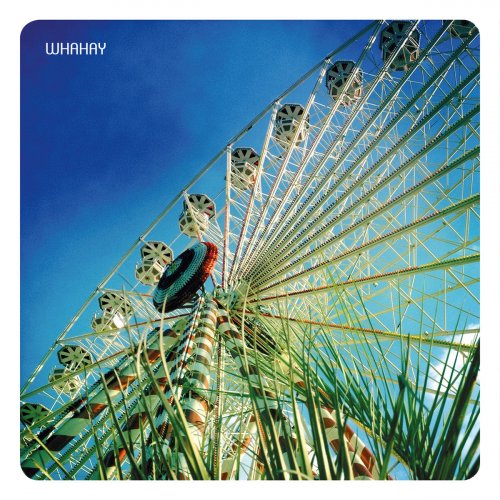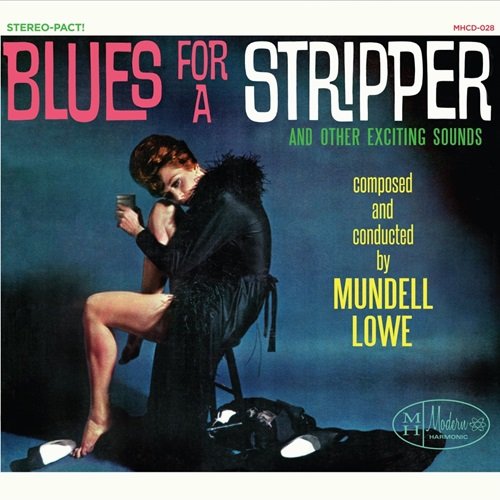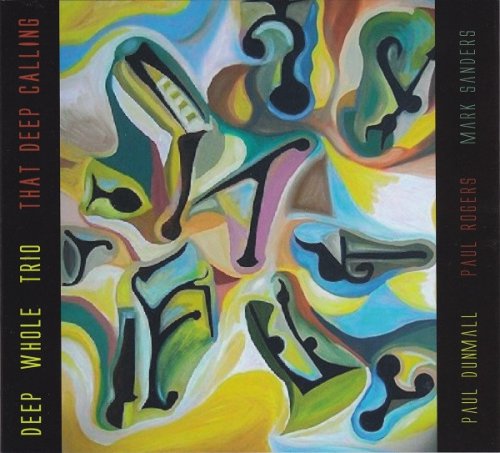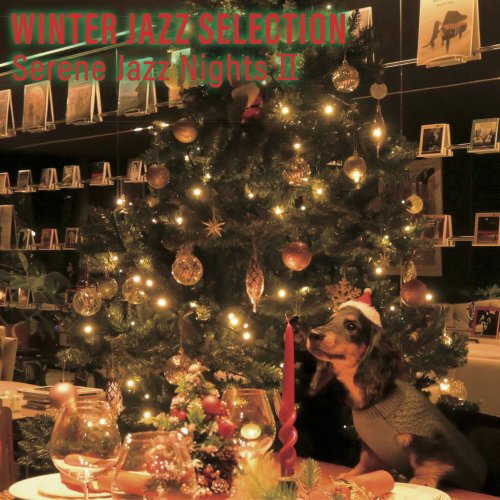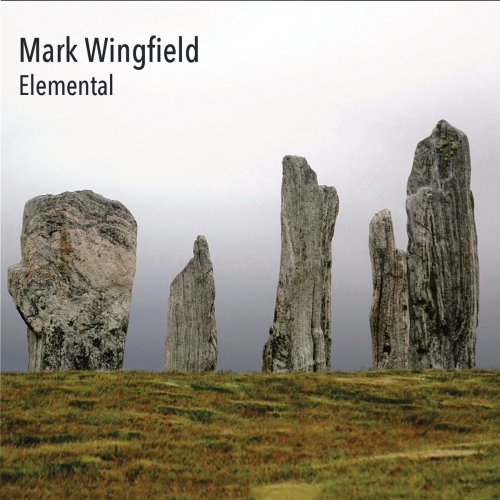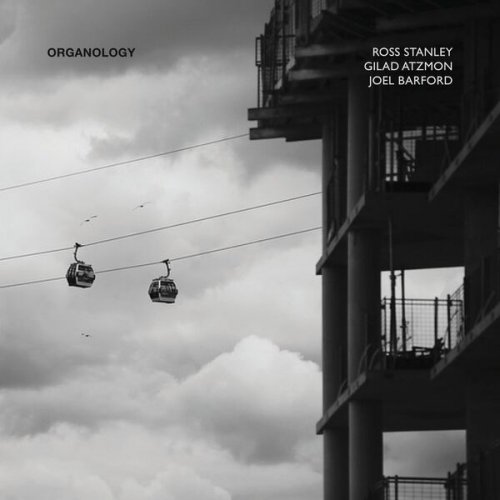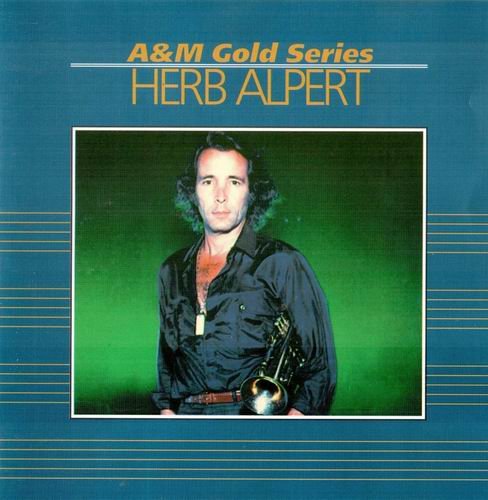Quartetto Indaco - F. Schubert, A. Webern, C. Carovani: Quartet No. 15 D887, Five Movements Op. 5, Quartet No. 10 (2024)
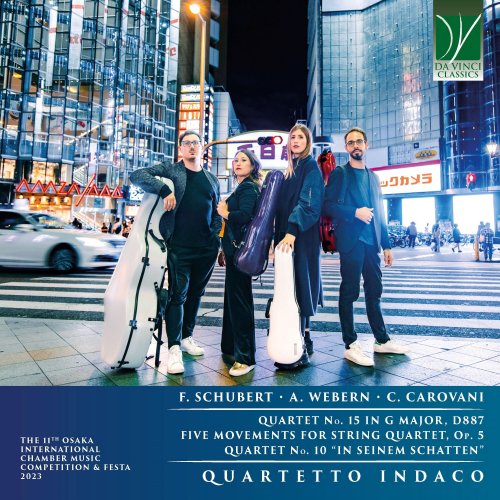
Artist: Quartetto Indaco
Title: F. Schubert, A. Webern, C. Carovani: Quartet No. 15 D887, Five Movements Op. 5, Quartet No. 10
Year Of Release: 2024
Label: Da Vinci Classics
Genre: Classical
Quality: flac lossless (tracks)
Total Time: 01:15:31
Total Size: 344 mb
WebSite: Album Preview
TracklistTitle: F. Schubert, A. Webern, C. Carovani: Quartet No. 15 D887, Five Movements Op. 5, Quartet No. 10
Year Of Release: 2024
Label: Da Vinci Classics
Genre: Classical
Quality: flac lossless (tracks)
Total Time: 01:15:31
Total Size: 344 mb
WebSite: Album Preview
01. Quartet No. 15 in G Major, D. 887: I. Allegro molto moderato
02. Quartet No. 15 in G Major, D. 887: II. Andante un poco moto
03. Quartet No. 15 in G Major, D. 887: III. Scherzo. Allegro vivace – Trio. Allegretto
04. Quartet No. 15 in G Major, D. 887: IV. Allegro assai
05. Five Movements for String Quartet, Op. 5: I. Heftig bewegt
06. Five Movements for String Quartet, Op. 5: II. Sehr langsam
07. Five Movements for String Quartet, Op. 5: III. Sehr bewegt
08. Five Movements for String Quartet, Op. 5: IV. Sehr langsam
09. Five Movements for String Quartet, Op. 5: V. In zarter Bewegung
10. Quartet No. 10 "In seinem Schatten": I. In seinem Schatten
11. Quartet No. 10 "In seinem Schatten": II. Ruhe
12. Quartet No. 10 "In seinem Schatten": III. Und immer hör ich's rauschen
13. Quartet No. 10 "In seinem Schatten": IV. Sei Gut
This recording is a tribute and rememberance of the Quartetto Indaco’s victory at the Chamber Music competition in Osaka 2023.
Indaco’s gold medal at the competition was a historic event. It marked not only the first time an Italian quartet won the top prize, along with two additional awards, but also the first time an Italian quartet has won a first prize at a competition of the International Federation of Competitions.
The five movements for string quartet, Op. 5, by Anton Webern (Vienna, December 3, 1883 – Mittersill, September 15, 1945), composed in 1909-10, were performed in the preliminary round of the Osaka competition. These movements reach an iconoclastic synthesis, with deep expressive power in the quest for that “air of other planets” that Webern’s teacher Arnold Schönberg had initiated in his second quartet based on the text by Stefan George. It is an elaboration of a poetic of drastic concentration of musical material. These five movements are emblematic because the musical piece lasts as long as the exposition of the material but is internally illuminated by the kaleidoscopic care of every perfectly calibrated detail. Brevity and density are the starting points of the Op. 5 pieces, which nevertheless follow a perfectly coherent overall organization. A poetic of anguish and incommunicability, which is the most truthful essence of Webern’s music, are also stirred by the impending grief and tragedies. These tragedies are both personal and universal to the composer. The former in the death of his mother, reflected in all works after 1906 and the later, manifesting in an expressive concentration that finds very few parallels across the history of music.
In contrast to these filigree miniatures, we have the monumental Quartet n.15 in G major, D887, by Franz Schubert (Vienna, January 31, 1797 – Vienna, November 19, 1828). From the most hyperbolic synthesis, we move the heavenly length of two universes that, as distant as they may be, contain the infinite poetics of their time. Webern’s atom contains Schubert’s universe and vice versa. A music of contrasts, of images of songs without words, a spiritual testament and perhaps a future oracle, this quartet, written in just 10 days between June 20 and 30, 1826, has a writing often described as “orchestral.” Not only is it the longest ever (the total number of bars reaches 1577), but also is it extraordinary and prophetic. The only quartet that proves able to stand next to the quintessential monument of quartet art, Beethoven’s Op. 131, which Schubert considered the pinnacle of music of his time.
Only the first movement was performed publicly, on March 26, 1828, at the Musikverein in Vienna by the Schuppanzigh Quartet, during the only concert entirely dedicated to Schubert’s music. Rejected by the publisher Schott, it was posthumously published only in November 1851 by the Diabelli house in Vienna, a year after the first complete performance on December 8, 1850, again at the Musikverein in Vienna, by the Hellmesberger Quartet. This quartet was performed in the final of the Osaka competition, and it was the first time that a quartet, in a competition dedicated to Beethoven’s music (almost all rounds featured a piece from various eras), won the gold with Schubert. Nahoko Gotoh, an invited critic for the review and report of the competition, wrote about the performance of this piece and the interpretation by the Quartetto Indaco:
Their tightly knit interpretation of this work felt the most complete and seasoned of the three performances and above all, they breathed and sounded as one. The group was framed by the first violinist, Eleonora Matsuno, with her attractive tone and elegant phrasing, and cellist, Cosimo Carovani, who was clearly the engine of the group, always alert and providing a strong foundation. In the first two opening movements, they articulated the dramatic contrast between light and darkness, lyricism and passion, calmness and emotional outburst, often with spontaneous expressions. After a breezy Scherzo, the finale was urgent without being rushed, and I cherished every repeat of the catchy rondo theme – surely a sign of a fine Schubert performance.
In as much as Schubert and Webern’s compositions are distant in terms of form and sound, the similarity lies in the contrast in all its forms. Whether timbral, melodic, or in length, both pieces present entire universes, some made up of atoms and cells and others composed of planets.
To conclude this significant tribute, a piece by the quartet’s cellist, Cosimo Carovani, a composer born in 1991, is added. He dedicated his tenth quartet, “In seinem Schatten” (In His Shadow), named after a verse from Schubert’s song “Der Lindenbaum,” to this achievement: a tribute to Schubert’s music so loved by the quartet and significant after this victory, but also a reflection on life and how we can truly rest under the shadow of the great ones who still guide us.
The quartet was composed during Carovani’s study of Schubert’s last quartets and serves as a speculation on the themes of “heilige laenge” (holy lengths). The piece is a compelling and thought-provoking work that delves into the rich musical heritage of Franz Schubert while maintaining a distinctive contemporary voice. The quartet’s structure, divided into four continuous movements in four-part movement, creates a sense of unity and cohesion throughout the entire work. In a continuous and doubtful wandering, set to the tempo of Andante con moto, Schubert’s melody breaks and hides amidst the joint and homorhythmic motion of the four strings. Carovani’s treatment of Schubert’s melody within a tapestry of interlocking string lines creates a sense of restless wandering, mirroring the uncertainties of life and existence. The blending of consonance and dissonance further emphasizes the perpetual tension and release, echoing the complexities of the human experience.
Intermingled with distant arpeggios from the first violin, representing the wind that momentarily halts the journey, the music leads into the second movement: “Ruhe” or peace. The piece appears to be a chorale, but it continues to follow the Schubertian path. The arpeggios return, this time explicitly in the cello’s line becoming more earthly and tangible wind, carrying fragments of distant voices. In an exaggerated, beast-like crescendo, the third movement, “Und immer hör ich’s rauschen” abruptly halts, making way for the final march named “Sei Gut” (Be Good). An imperative that recalls a verse from “Death and the Maiden,” but in this context, it signifies a true passage to a more celestial plane. Composed of dissonance and tension, the rhythm never ceases to beat, gradually accelerating. The initial metronome marking is 81 bpm per quarter note, a symbolic value dedicated to Andrea Binazzi, a Tuscan philosophy professor who passed away in 2023 at the age of 81.
The piece concludes with the same six-note motive that opened it, interrupting the crescendo abruptly, creating a continuous cycle of death and rebirth. This serves as a reminder to keep seeking our peace and journeying as Wanderers. Cosimo Carovani’s Quartet for Strings No. 10 “In seinem Schatten” is not just a homage to Schubert but also a deeply personal reflection on life’s complexities, struggles, and moments of peace. The cyclic nature of the piece, marked by the return of the opening motive, emphasizes the cycle of life, death, and rebirth. As the music concludes, listeners are left with a lingering sense of introspection, encouraged to cherish the pursuit of peace, and embrace the journey of being human.”
Another sign of “destiny” is the choice of publication with Da Vinci Publishing (established in 2015), which carries within it the dual essence that the Indaco quartet now also possesses. Similar to the quartet, the president and founder, Edmondo Filippini, is Italian and from Milan, and the label he founded is based in Osaka, the location where the competition took place. Two parallels between Japan and Italy, which in the unpredictability of life have intersected thanks to a competition that, as everyone knows, can have unexpected outcomes: it almost seems as if all the threads have woven together perfectly, and at times, there appears to be a spirit of destiny rather than mere chance. But continuing to walk together on this path, like Schubert’s wayfarer, one can always encounter the new and unexpected, making this journey precious and continually surprising.

